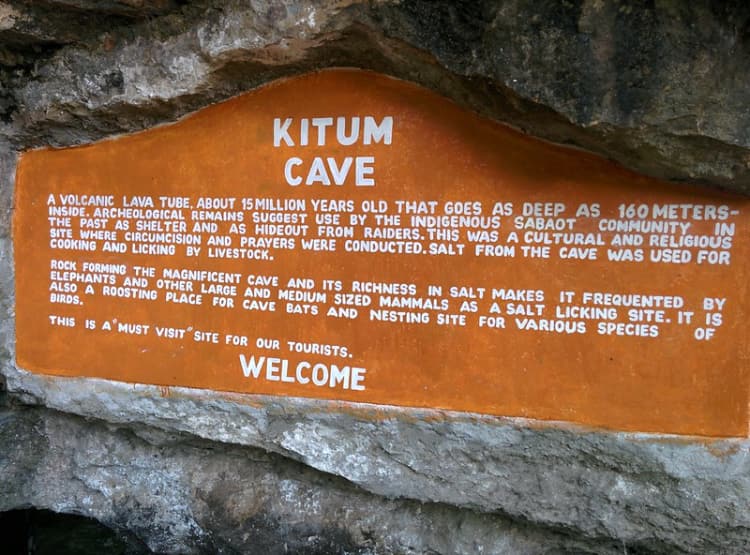What Makes Kitum Cave the Most Dangerous Place on Earth?
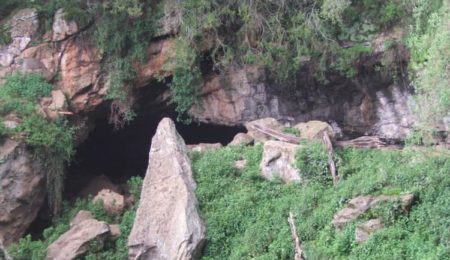
Kitum Cave, situated in Mount Elgon National Park, Kenya, is famous for all the right and wrong reasons! On a positive note, it is a perfect place for wildlife enthusiasts to watch the animals in close quarters. However, it is also believed to be the source of the deadly Marburg virus, which results in the death of infected patients. While not all visitors have contracted the virus, would you risk your life and dare venture into this dangerous expedition?
Is Kitum Cave the Reservoir for the World’s Deadliest Viruses?
Named as one of five named “elephant caves†of Mount Elgon, Kitum Cave extends about 700 feet into the side of the mountain. The cave walls are rich in salt deposits.
Kitum Cave is considered one of the most dangerous caves due to the presence of the deadly Marburg virus, which is similar to the Ebola virus. Marburg virus attacks result in hemorrhagic fever and other severe symptoms that ultimately result in the death of the infected patients!
Two cases of fatalities that resulted from Marburg virus disease during the 1980s raised suspicions about the Kitum Cave being the reservoir of this lethal virus.
The first case was in 1980 when a French engineer who worked at a sugar factory near the base of Mount Elgon ventured into Kitum cave. The engineer’s visit to the cave became a nightmare as he developed serious symptoms and was admitted to a hospital in Nairobi. Ultimately, he died.
Another case of death was documented in 1987 when a Danish boy explored Kitum Cave during a family vacation. He also died as of result of Ravn virus infection, which is closely related to the Marburg virus.
The Terrifying Expeditions of USAMRIID to Identify the Deadly Virus Vectors
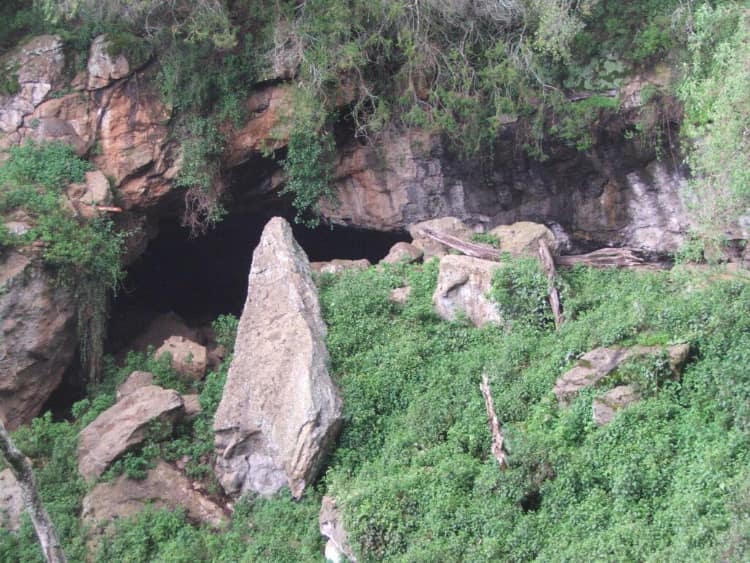
Based on the cases mentioned above, the United States Army Medical Research Institute of Infectious Diseases (USAMRIID) staged an expedition there in an attempt to identify the vector species presumed to be residing in Kitum Cave.
The scientists suspected the bats roosting inside the caves could have transmitted the virus to humans. They sampled a variety of species, including fruit bats, to determine whether the vector was found in these animals. However, no Marburg disease-causing viruses were found. Therefore, the reservoir of this animal vector still remains a mystery.
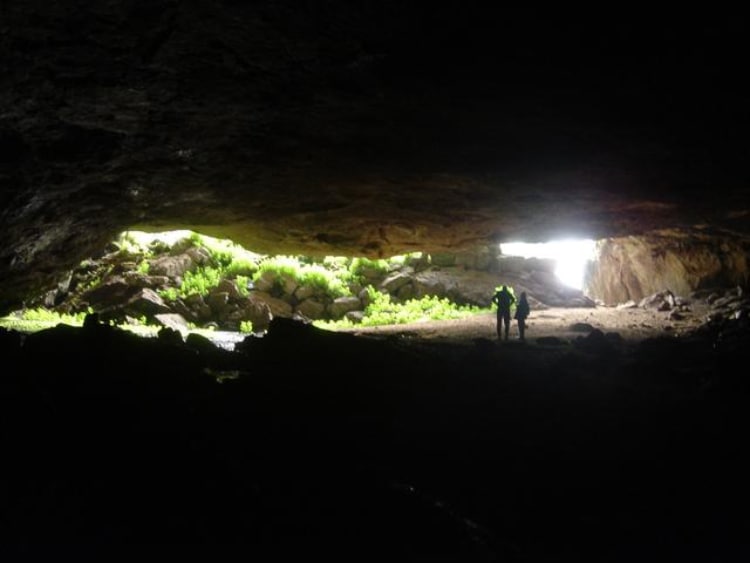
The best-selling book, The Hot Zone (1994) by author Richard Preston describes true events surrounding the Ebola virus outbreak in the late 1980s. He also provides details of other viral outbreaks in Africa in the 1970s and 1980s. His book details the experiences of visitors to Kitum Cave, including his own journey to this life-threatening place.
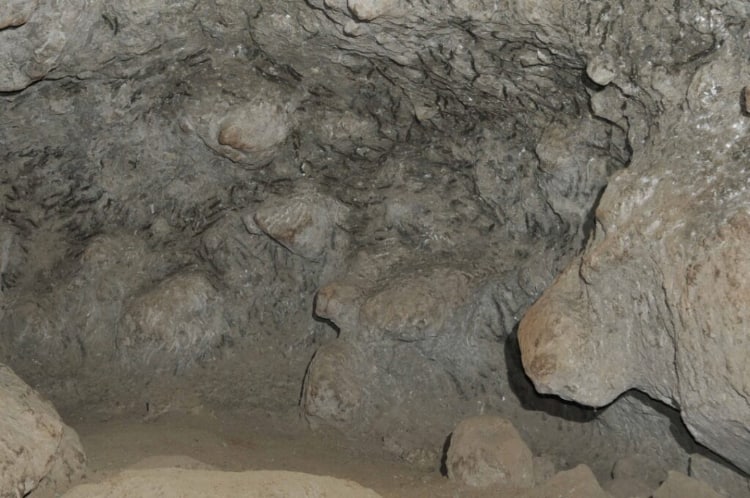
In 2007, similar expeditions were conducted in the mines of Uganda and Gabon when two mine workers contracted the Marburg virus. Solid evidence of Marburg disease-causing virus reservoirs was found in Egyptian fruit bats that lived in these caves. Interestingly, the mines in Uganda had colonies of the same species of African fruit bats found in Kitum Cave! This suggested the bats and their guano (bat feces) were indeed the long-sought vectors at Kitum Cave. Notably, both the mine workers who contracted the Marburg virus in 2007 were not bitten by any bats. This suggested that the virus was propagated through inhalation of powdered guano!
Uncovering the Truth Behind the Mysterious Markings of Kitum Cave
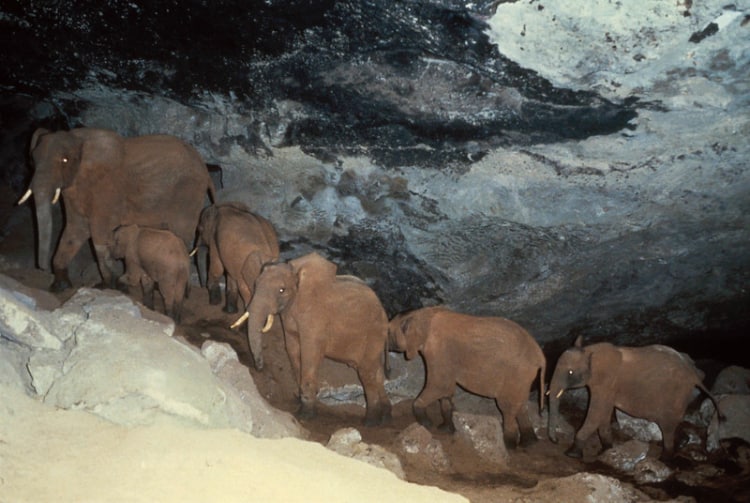
When the Kitum Cave was discovered, it had many scratches and furrows along its walls. These marks were initially assumed to be a result of ancient Egyptians digging the cave walls in search of gold, diamond, and other gemstones. However, the actual reason was something quite unusual.
Each night, hundreds and thousands of wild animals enter the cave to lick the salt deposits on the cave walls. The animals include elephants, buffaloes, baboons, leopards, antelopes, and hyenas.
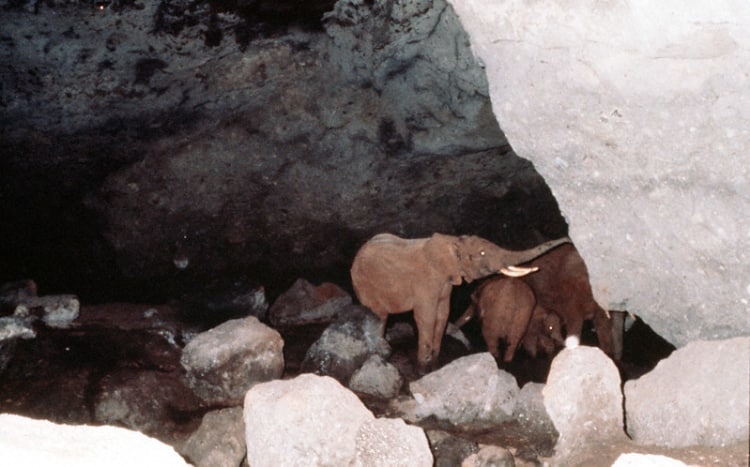
When the elephants enter the cave, they often bump their heads to make their way in. Also, using their massive tusks, they pull off chunks of the cave walls to chew and swallow the salt. As a result, over the centuries, there are scratches and furrows on the cave. The elephant tusk marks are also found on the walls of the cave. In fact, there has been a noticeable increase in the size of the cave over the years due to these activities of the elephants. Other animals that visit the Kitum Cave consume salt left by these elephants.
The cave expedition is dangerous even for the animals who visit this cave. Younger and experienced elephants fall into the deep crevasse, and this has resulted in an elephant graveyard!














